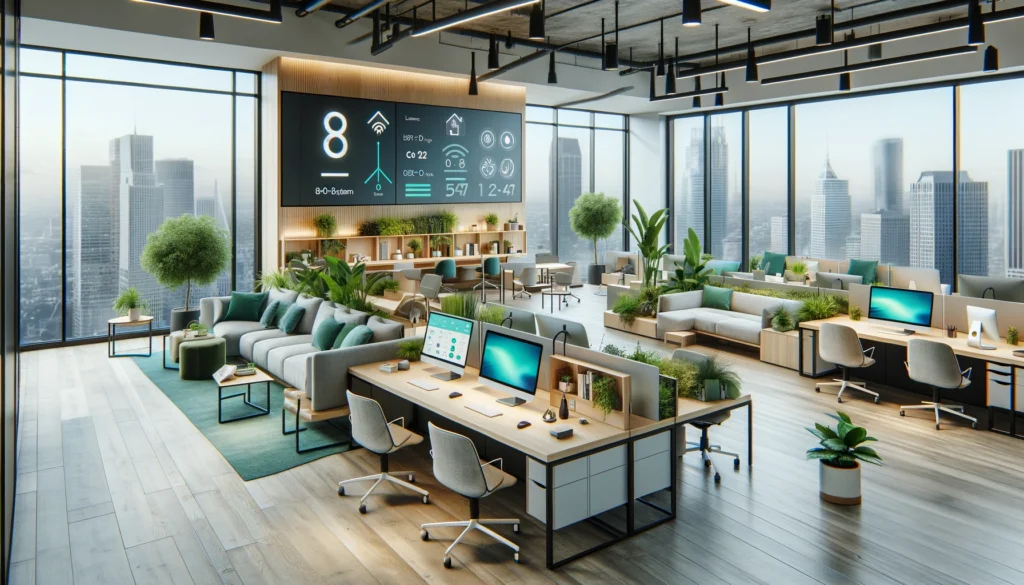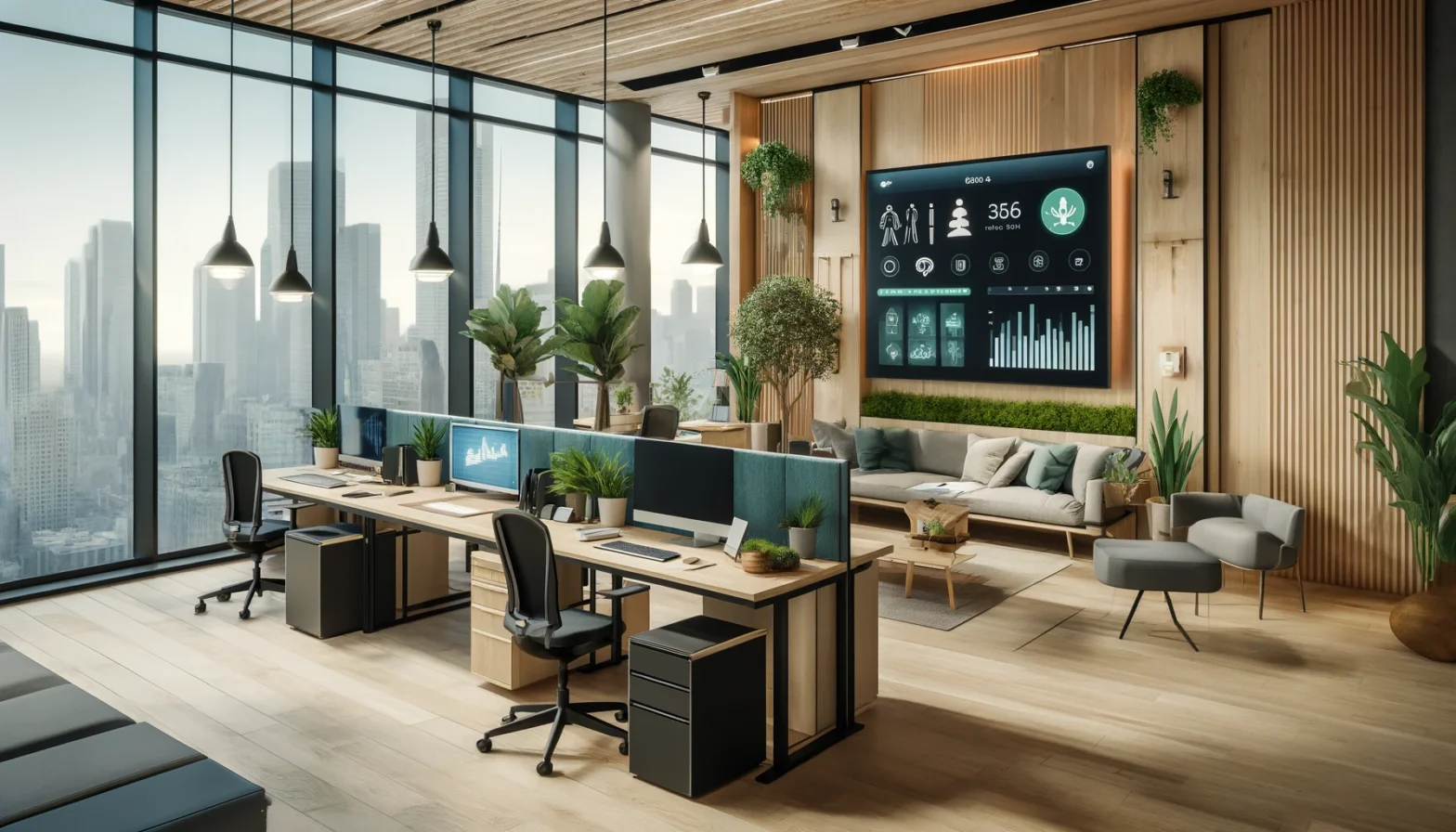Before the pandemic, occupancy studies revealed that office space was often under-used, with approximately 60% of the expected population in the building (JJL,2019). The last two years have seen a dramatic change from traditional office working to a new era of hybrid working as the norm. This significant shift, coupled with rising energy bills, Net Zero targets, and pressure to retain talent, has left companies needing to urgently reassess their strategies to increase efficiency and wellbeing in their workplace.
According to research conducted at Loughborough University, we are currently in a transient period in how we define work and space. Understanding the patterns in future workplaces is crucial, as offices will need to transform into destinations with a purpose. According to reports, 70% of the work, such as individual work, will be done at home, and offices will be used as spaces for group work and projects, with hot-desking being used to maximise space.
Digitalisation and smart devices are frequently identified as key enablers of flexible working patterns, which also influence the design of the office. According to a 2021 report from Allied Market Research, the global market size for smart offices is projected to hit more than 90 billion by 2030, powered by the rise in smart technologies and smart building practices. Also, research has revealed that the office environment will continue to be a significant asset for organisations for reasons such as social interaction, collaboration, and teamwork. As a result, in the post-pandemic era, it is expected that a hybrid method of remote and office-based work will prevail.

Occupancy monitoring is more essential than ever to ensure building safety and save energy as a result of behavioural changes and irregular visits to work. In a recent survey conducted by CBRE, 62% of building occupiers stated that they desire flexible office space options when they select buildings. The flexibility provides an employee with a work-life balance, increasing productivity by at least 13%. For those employees that find working remotely has a negative effect on their mental health, the option of having a choice will most definitely ease their concerns.
DIREK’s occupational monitoring solution helps organisations optimise their office environments, integrating lighting, HVAC systems, and hot-desking to conserve energy and reduce costs. By employing smart building technologies such as smart occupancy sensors, CO2 monitors, and indoor air quality monitors, the system supports sustainable practices, space management, and improves workplace strategies, effectively reducing carbon emissions and enhancing energy efficiency. (Learn More)

